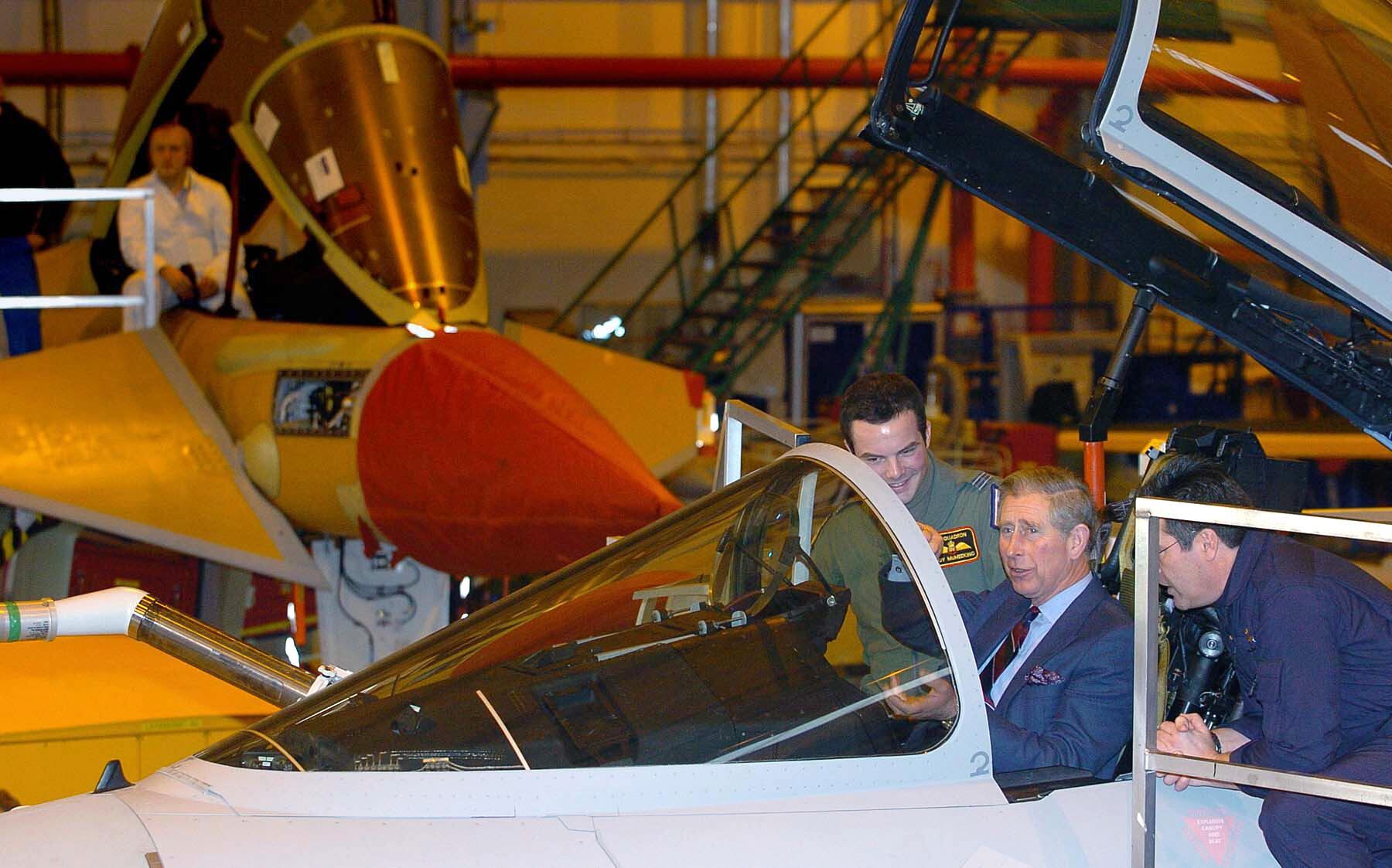BEIRUT – Qatar’s launch of a huge air power buildup has raised a series of questions about the country’s ability to incorporate systems into its military amid a crisis faced with the Gulf nations.
On Sunday, Britain signed a deal with the small Gulf country to supply 24 Typhoon fighters after two consecutive agreements with the U.S. to purchase 36 Boeing F-15QA and France to receive 12 additional Dassault Rafale fighters.
One industrial source with knowledge of the matter stressed expanded capabilities provided by the three new jets, noting that “the air force will now have a total of 96 new aircraft, compared to its current Mirage-2000 fleet of a dozen.
“The problem faced here is the lack of Qatari armed forces personnel to operate three top-line fighter types,” he added. “In order to compensate for staffing shortage, Qatar will inevitably have to recruit foreign forces.”
The Gulf country maintains a military force of approximately 27,500 men, including 2,500 from the air force.
“For decades, GCC states have concluded massive arms deals with the U.S. and other leading western countries as a form of premium insurance: the GCC helps keep western defense industry jobs, and in return the West protects the GCC states from external threats,” said Yezid Sayegh, a senior fellow at the Carnegie Middle East Center think tank.
“Recent Qatari arms deals are a classic demonstration of this. Especially by winning U.S approval to sell the Gulf country major weapon systems at the very start of the dispute with its neighbors, Qatar undermined Saudi/UAE claims that it was a hostile power and underlined U.S support, despite Trump’s public statements against it”, he added.
A BAE Systems official who spoke on condition of anonymity, said winning the export contract for the Typhoon “is important for the long-term sustainability of high value manufacturing and engineering jobs in the U.K.”
“Securing this contract enables us to safeguard Typhoon production well into the next decade,” the officiall added.
Last October, BAE Systems announced it was shedding nearly 2,000 jobs across several of its U.K. operations, with the brunt of the cuts coming at Warton where the company makes and assembles Typhoon fighters and Hawk jet trainers.
RELATED

Pieter Wezeman, a Senior Researcher on the arms and military expenditure program at the Stockholm International Peace Research Institute (SIPRI), described Qatar’s military power buildup as a “complete transformation from a very small armed forces — as expected from a small country — to armed forces which will be in size and technology amongst the largest and most capable per capita of any country in the world.”
“In terms of deliveries, Qatar has gone from a minor arms importer before 2014 to a significant one in the years since, and based on a series of major contracts signed over the past two years, it is expected that its arms imports will be even higher in the coming years,” Wezeman added.
SIPRI estimates that Qatari arms imports rose by 245 percent between 2007 and 2011; furthermore, 2012–2016 as part of a program that will multiply its military assets several times. However, Qatar is a small country and its arms imports remain substantially lower than those of Saudi Arabia and the UAE, according to the institute.
On the potential difficulties that Qatar may face, the senior researcher said “the balance between official Qatari citizens and expatriates, and the very high speed with which the country is ordering highly advanced weapons, it remains to be seen how it will be able to absorb these weapons into an effective force and how much they will be dependent on foreign support, including mercenaries.”
Chirine Mouchantaf contributed stories on Middle East defense and wrote for SDArabia, an Arabic security and defense magazine.








